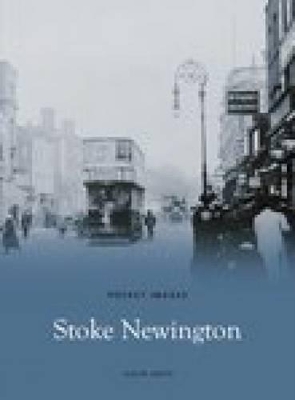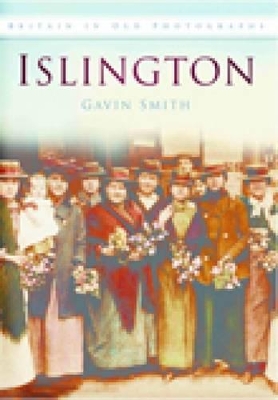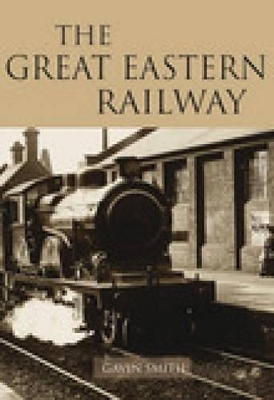Archive Photographs
3 total works
This fascinating collection of nearly 200 old photographs of the Borough takes a nostalgic look back at some of the changes of the last hundred years. We see the old shops, street markets and theatres, including the music halls, and some of the people who lived and worked in the area. Dramatic changes in public transport can be seen, from horse-drawn bus and tramcar to the arrival of the Underground and the motorbus.
This book includes early scenes of Holloway and Canonbury, Finsbury Park, the construction of the Highgate Archway and the new stand for Arsenal at Highbury in the 1930s. These old scenes will bring back strong memories for some and enlighten others about an Islington that is now history. This book takes us on a journey through Islington's past, sometime quite recognizable, sometimes unfamiliar, but in a time of rapid change, it is all the more interesting look at what has gone before.
The Great Eastern Railway rose phoenix-like from the ashes of bankruptcy to become one of the greatest of all passenger-carrying lines. Its empire ranged from London to East Anglia, to the coasts of Essex, Suffolk and Norfolk. Through partnership in lines and co-operation with other railways it reached as far as the Sheffield region. A succession of Chief Locomotive Superintendents constructed ingenious workhorses for its traction needs. At one stage it built the most powerful steam locomotive in the world to show that steam could equal the tractive power of electricity. Finally after the First World War, under American General Manager Henry Thornton, the GER operated, out of Liverpool Street Station, the most intensive steam service in the world. This and the splendid continental and coastal dining-car express underlined the magnificent ingenuity and energy which had characterised the career of 'God's Excellent Railway'. This collection of over 170 photographs recalls something of those heady days.


